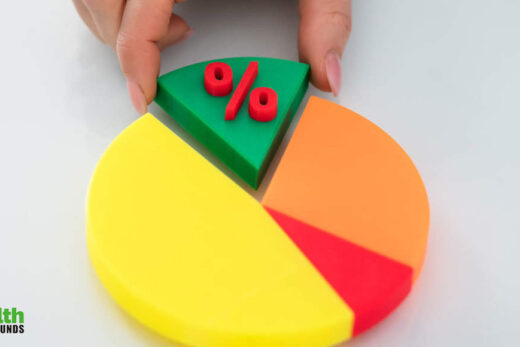Bond purchases by overseas investors under the uncapped Fully Accessible Route, climbed to 35 billion rupees ($476 million) in August, the highest this year. They’ve bought 29.4 billion rupees of bonds so far this month, set for a fifth straight month of inflows, following outflows from January-April.
Global index provider FTSE Russell, which placed Indian bonds on the watchlist for possible inclusion in its debt index, is set to announce the result of its review September 30. JPMorgan Chase and Co. typically reviews its index this month. Morgan Stanley estimates India’s inclusion in global bond indexes will lure $40 billion of inflows in the next two years.
 Bloomberg
BloombergIndian authorities have been working toward making the nation’s bonds eligible for index inclusion to help fund infrastructure projects in Asia’s third-largest economy. Bloomberg LP said in 2019 that it would work with Indian authorities to help the nation gain access to global indexes.
RBI Governor Shaktikanta Das said earlier this month that policy makers are making efforts to enable international settlement of transactions in government bonds, a move that would greatly increase the attractiveness of Indian debt and help in inclusion in global indexes. India has also been trying to sort out taxation issues with Euroclear to facilitate listing of Indian debt.
Most of the spadework is done and the nation’s bonds are expected to be included in the indexes by March, Sanjeev Sanyal, principal adviser to the finance ministry said Friday.
“We expect foreign-investor demand to improve, albeit in a measured way, drawing on falling hedging costs and prospects for index inclusion,” said Ashish Agrawal, rates strategist at Barclays Plc. in Singapore.
Following China
India’s inclusion would make it the last major emerging-market nation to join the global bond indexes after China, according to Morgan Stanley. China’s bonds are set to be added to FTSE Russell’s flagship World Government Bond Index in October in phases over three years. Analysts expect the move to prompt foreigners to pour $105 billion-$156 billion into China’s debt.
Prime Minister Narendra Modi’s administration last year opened up a wide swath of its sovereign bond market to overseas investors, its biggest step yet to secure access to global indexes. Still, the foreign investment in rupee bonds has been tepid due to elevated inflation and the government’s near-record borrowing plan.
“Foreign ownership of Indian government bonds has been declining, but 2022 would be the turning point that could bring an acceleration of bond inflows,” Morgan Stanley strategists led by Min Dai, wrote in a note. The inclusion in global bond indexes should bring $18.5 billion in inflows every year over the next decade, compared to just $36.4 billion in the last ten years, the analysts wrote.
While expectations for index inclusion in this review are low, some including Morgan Stanley forecast it could happen as early as the first quarter of next year.
Goldman Sachs Group Inc.’s timeline is less optimistic. It sees India’s inclusion in JPMorgan’s GBI-EM Global Diversified Index likely by end-2022 or early 2023, and in the Bloomberg Global Aggregate Index by end-2022 or 2023. India does not meet the country rating criteria for the FTSE World Government Bond Index, so it is not eligible at this juncture, it said.



